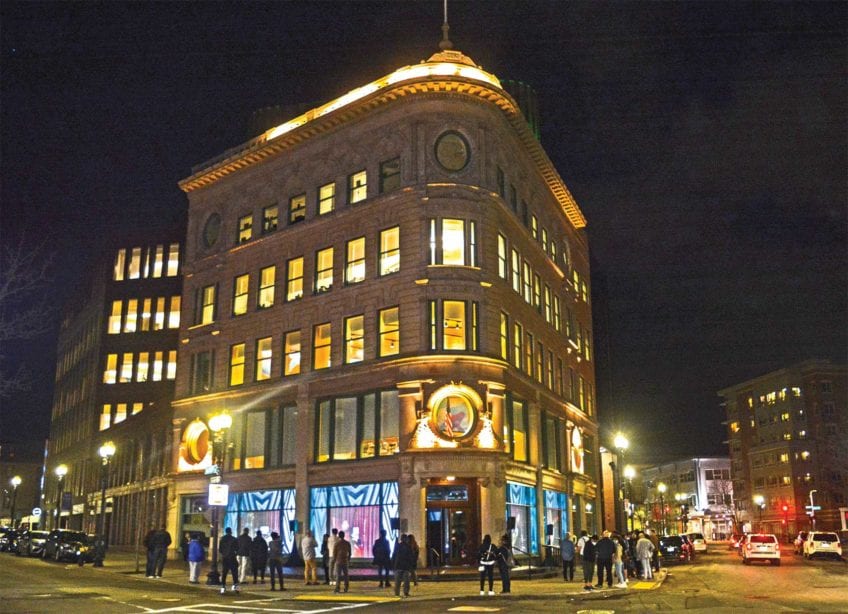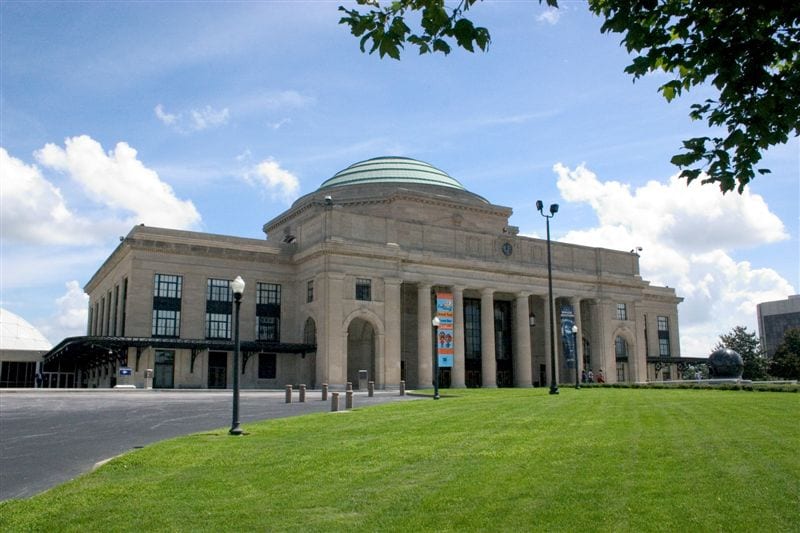Years before he starred in the Broadway musical “Tap Dance Kid” at age 12, Savion Glover had begun his ceaseless growth as a tap artist, nurtured by great hoofers who recognized his gifts.
Now age 39, he is regarded by many of his peers and mentors as the best living heir to the tap tradition. Glover’s numerous Broadway credits include his 1996 production “Bring in ‘da Noise, Bring in ‘da Funk,” which earned him Tony and Drama Desk Awards and two Obie Awards. He devotes his latest production, “SoLe Sanctuary,” to honoring his artistic ancestors.
Not that he has forgotten his mentors at any stage of his career. Every production, including his 2011 show at the Boston Opera House, “SoLo in TiME,” invokes his dance predecessors. Scion of a living tradition that he is preserving and reinventing, Glover embodies what he has learned from his mentors.
And passing on the art of tap to other generations is a priority for Glover. His productions often engage young cast members he has mentored. A teacher of tap since age 14, his Savion Glover Productions HooFeRzCLuB School for Tap in his hometown, Newark, N.J., immerses children in the improvisational joy of tap as well as its tradition.
Returning to the Boston Opera House Saturday night in a joint presentation of Celebrity Series of Boston and World Music/CRASHarts, Glover performed the Boston premiere of “SoLe Sanctuary,” which opened at the Joyce Theater in New York on June 21, 2011.
Its program states that the show is “directed and choreographed by spirits known.” He dedicates all performances of “SoLe Sanctuary” to a lengthy list of dancers as well as John Coltrane, who together comprise “some of the greatest entertaining hooferz and musicians to date.”
Dancing for 80 minutes with few pauses and no intermission, Glover was joined by his close friend and fellow tap prodigy Marshall Davis Jr. At age 13, Davis was voted 1991 Star Search Teen Dance Champion and he was a lead dancer in Broadway and touring productions of “Bring in ‘da Noise, Bring in ‘da Funk.”
The curtain rose to reveal a simple set. Its centerpiece was an elongated platform, miked to capture every footfall — from scrapes and ripples to hammer-pounding rhythm. Suspended above were poster-size black-and-white photographs of Glover’s departed mentors: Jimmy Slyde, Lon Chaney, Gregory Hines, Sammy Davis Jr., Buster Brown, Dianne Walker and Honey Coles. Adding to the shrine-like atmosphere were a row of blue votive candles and a tap shoe that Hines designed for Glover.
Off to the side, a red-haired woman in a white leotard held a meditative pose throughout the production, a still counterpoint to the men’s vehicle of contemplation — dance. Crowned with dreadlocks, Glover too was dressed in white, wearing a loosely draped ensemble of top, shirt and pants.
A cinematic soundtrack evoking intergalactic travel accompanied this opening scene, but it faded away as Glover began to slide, pound and tickle the boards beneath his feet.
After a long solo in which his feet, legs and arms moved to inner promptings, Glover was joined by Davis. With trim gray hair and everyday attire — a dark shirt and pants — Davis stepped up to the platform with a low-key, workmanlike air. The two entered a dialogue, first mirroring each other and then trading roles, one delivering the bass line to the other’s solos.
In contrast to Glover’s expansiveness, Davis seemed to be holding himself in check, maintaining the ferocious drilling pace with his legs and feet while bending low like a wounded man.
As they joyfully challenged each other and switched roles, one improvising while the other was his metronome, Davis escalated in fervor. Around a spine of rhythm, they generated spirals of textured sounds, gliding on currents of improvisation.
Shifting in and out of unison, at one point the two locked into a rapid-fire sequence of rippling legs and feet, their limbs moving as one. Slowly, Davis let the rippling climb up his whole body, his legs and torso vibrating in an astonishing moment of self-transfiguration.
Throughout his solos and duets, no matter how intense, Glover maintained a playful spirit. Smiling in ecstasy, he kicked up his heels and burst into song while sweat glistened on his neck and the powder on the platform rose like smoke from his feet.
Providing his own percussive backbeat, Glover delivered warm renderings of phrases from ‘40s standards including “Give Me the Simple Life” and “There Will Never Be Another You.” He wordlessly chanted a passage of John Coltrane’s “A Love Supreme” as he spun his own rhythmic threads around Coltrane’s jazz psalm, which played low in the background.
As the evening came to a close, Glover gave a silent salute to his mentors. He nodded to the portraits above him and the curtain fell.






